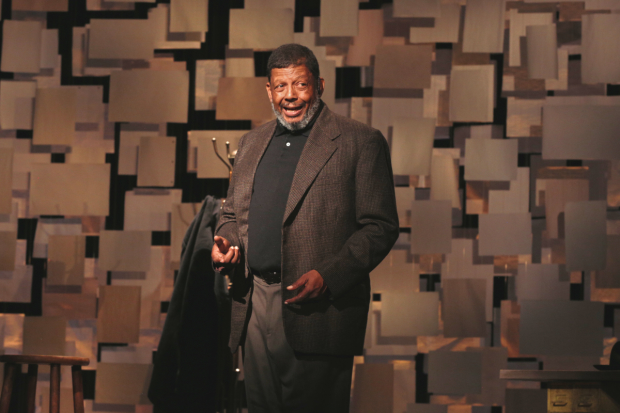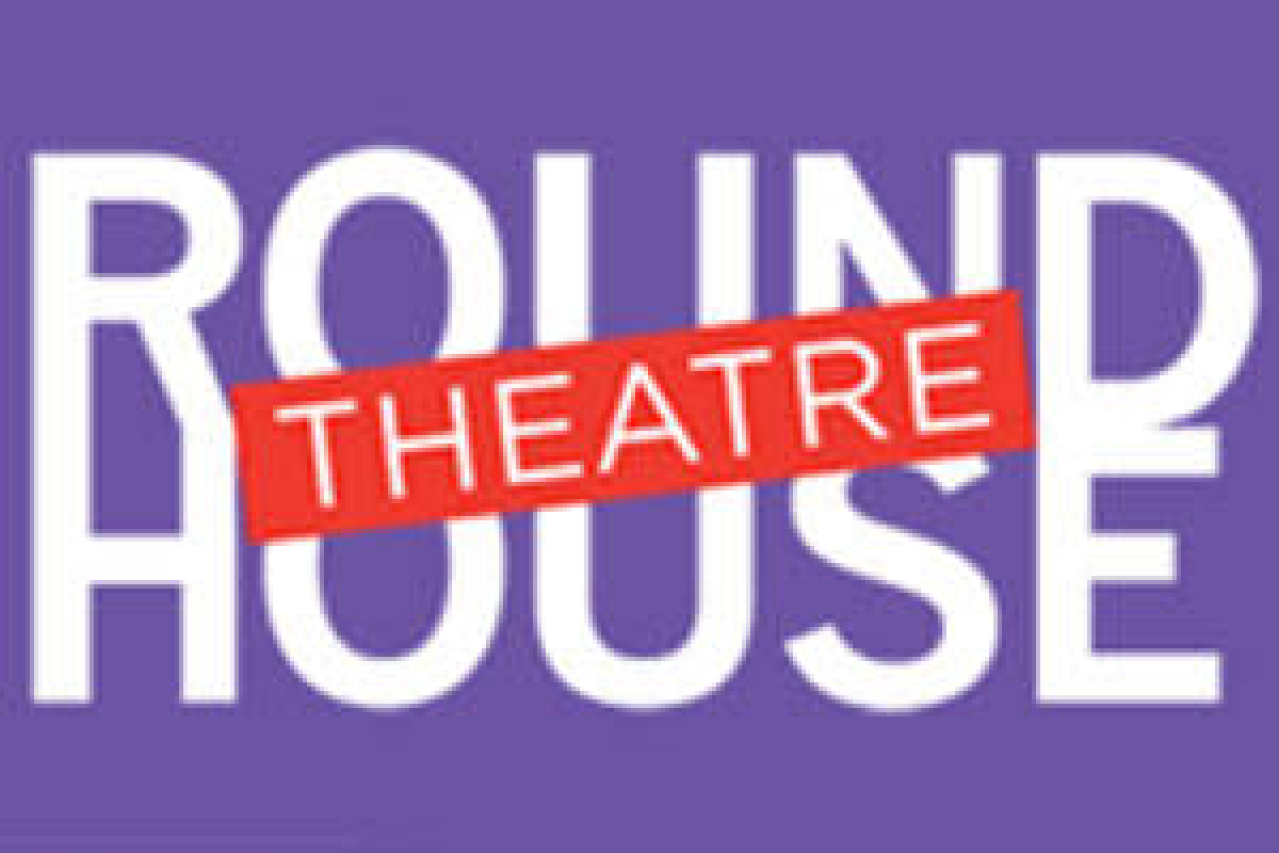How I Learned What I Learned

(© Grace Toulotte)
How I Learned What I Learned is a fascinating look at the early life of one of the United States's best playwrights: August Wilson, author of 10 plays that outline the essence of African-American existence in 20th-century America. Growing up in Pittsburgh's Hill District, one of the poorest areas of the country, Wilson learned early on how to infuse his plays with the poetry and music of the African-American community. Round House Theatre is now mounting an excellent Washington, D.C.-area premiere of the one-man show How I Learned, which reveals as much about the author as it does about his family, friends, and community.
The play is divided into sections. The first section, titled "My Ancestors," presents Wilson talking about slavery, his family, and his first realization of what racial hatred felt like. He sarcastically tries to distinguish between blacks and whites by using a Webster's dictionary circa 1955. He finds only negative adjectives associated with African-Americans – for instance, "sullen" and "menacing" — while Caucasians are associated with concepts of beauty and justice.
The second section of the play describes the Hill District around 1965. At the age of 15, Wilson left home and tried to find his calling. He was smart enough not to get involved with the heavy drugs in his neighborhood. Instead, he made friends with poets and quickly realized that all his choices — even about what jobs he took and under what circumstances — could shape his personality. As he went from menial job to menial job, Wilson's character started to form. He quit jobs regularly if he thought the boss didn't value him completely or had any discriminatory racial attitude toward him. The play tells Wilson's story in a haphazard fashion. And the majority of it deals with events that happened and people Wilson met in his twenties. During that decade, Wilson learned all he needed to know about determination, humiliation, and the necessity of standing up for himself.
Eugene Lee is an excellent choice for the role of Wilson. He builds the energy and emotion of the 90-minute production, starting the show at a calm, centered emotional place, then taking it to extreme heights of fear and fury as he describes some of Wilson's experiences as a young man.
The play is skillfully directed by Todd Kreidler, who also co-conceived the show. Kreidler worked as Wilson's assistant on one of his plays in 1999 and continued to work with him until his death. That work included directing Wilson in a production of How I Learned. David Gallo's simple set consists of a wooden platform standing in a small hill of sand. The sand is studded with the detritus of burned-out neighborhoods, including broken pieces of wood and metal, crockery, and the outline of a buried tire. Wilson's desk sits on the platform. Four layers of typing paper descend like a curtain from the top of the stage to the platform. Gallo's projections and Thom Weaver's lighting turn the paper from white to gold to apricot to blue, depending on Wilson's mood. Constanza Romero costumes Wilson in a very appropriate wool jacket over a dark shirt and light slacks.
Although all the other Wilson plays have been performed around the world, How I Learned has had a more limited audience, which makes the Round House production so valuable. Hopefully, more theaters will follow suit in recognizing the importance of a show that reflects on the essential shaping of a master artist.











